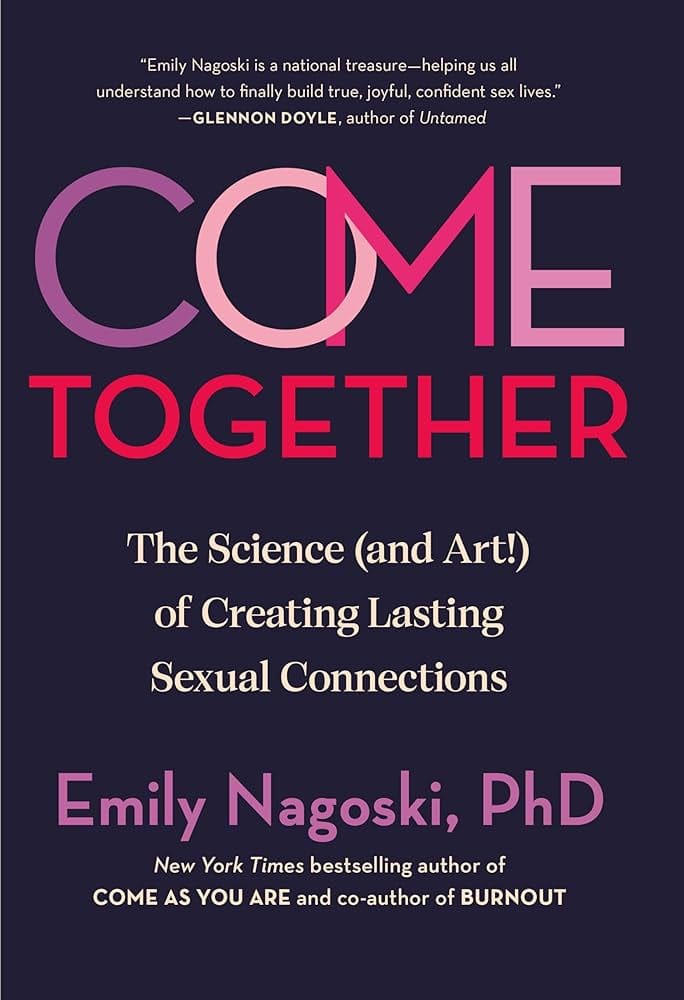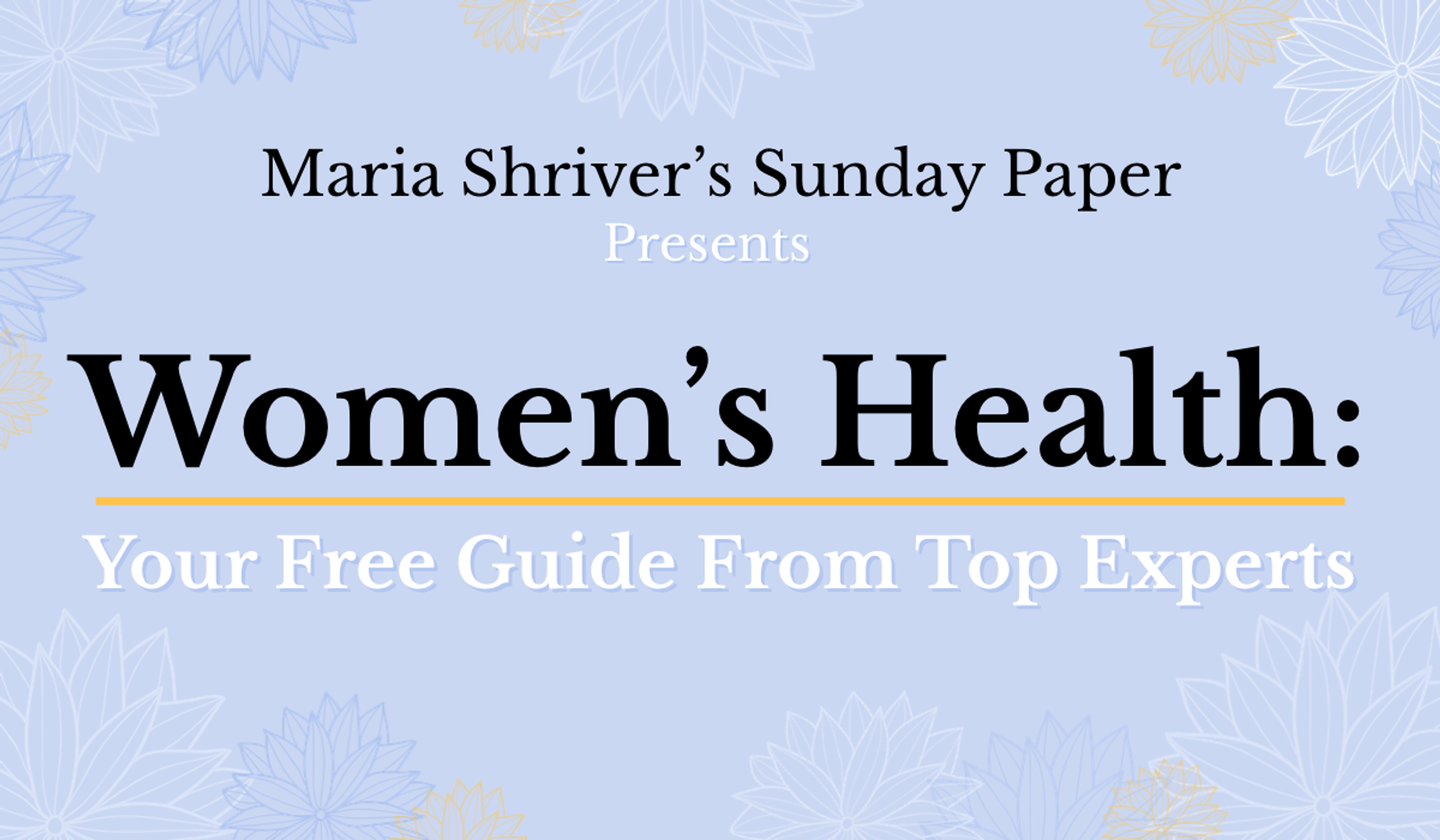Emily Nagoski, PhD, Says “Pleasure Is the Measure” of a Great Sex Life, and Has the Game-Changing Advice All of Us Need
You’d think that writing and talking and reading about sex all the time would make it easier to be interested in having sex. Yet in the months after writing her mega bestseller, Come As You Are—what many call the must-read book on the science of women’s sexuality—Emily Nagoski, PhD, says her sexual desire flatlined.
So, Nagoski did what any data-hungry researcher would do: She turned to the peer-reviewed science on how couples in long-term relationships sustain a strong sexual connection.
“What I learned turned my brain inside out,” Nagoski tells The Sunday Paper. “It was literally the opposite of all of the mainstream sexual advice for couples about how to keep the spark alive.”
How do couples sustain satisfying sex lives over the long haul? And did Nagoski and her husband of 13 years find their way back to a satisfying sex life thanks to what she found? The answers to those questions and so many more are all in Nagoski’s new book, Come Together: The Science (and Art!) of Creating Lasting Sexual Connections, which is filled with research-backed information and advice presented in Nagoski’s signature conversational and reassuring way.
Are you ready to reframe how you think about sex in long-term relationships and reimagine what great sex can look like? Read on for our conversation with this award-winning author.
A CONVERSATION WITH EMILY NAGOSKI, PHD
If you were to boil down what you found when you turned to the research after your own sex life evaporated, what would it be?
It turns out couples who sustain a strong sexual connection over the long term don’t talk about spark or desire.
Desire is not the thing. The thing is pleasure.
I know this sounds so simple and obvious, but when you fully embody it, it changes everything.
Where can couples start when it comes to focusing on pleasure versus desire?
There’s a tool that helped me, which takes me two chapters to explain it in the book, so I’m going to do an inadequate job explaining it here. But basically, what I figured out was that when my sexual desire flatlined, I was stuck in this stress and fear space in my emotional brain—and there is no direct pathway out of that stress and fear space into a sexy space. So, I had to figure out how to get out of the stress state.
But then, I wasn’t going out of the stress space and into the lust space. I was going into some other space. So, the question became, How do I get from that space into a sexy state of mind? Tracing that emotional path was the key for me in being able to find my way back to an erotic connection with my partner.
You’re describing what you call “the emotional floorplan” in your new book. Can you describe this?
Yes! It’s a big idea. And one of the main ahas is this: Of course there are times when it is difficult to be interested in sex. Our lives are complex and stressful.
We must spend time in the caretaking space in our brain—a place where we feel cared for and attended to. Think snuggling on the sofa, watching the fire, holding hands over a candlelit dinner. For a lot of people, being in that emotional space has a doorway directly into the lust space.
I think it’s a surprise to people how often the play space—where you engage in behaviors just for the fun of it—is also a space that can help you get to the lust space. For example, a lot of people find that they struggle less with sexual desire when they’re on vacation, because they have been able to step away from all the domains in their lives where the stakes are high and just relax and play with each other.
Who did you write this book for?
This book is for people of any gender, in any relationship structure that lasts for a long time—whether you’re in a monogamous or open relationship. The purpose of this book is to talk about sustaining a sexual connection over multiple years, regardless of who’s in the relationship.
So many of us in long-term partnerships think back to the early days, and how fun and lustful they were. Is this useful?
I find it’s useful to remember how much effort you were actually putting in back then. Maybe you remember the sex being really high quality—but was it, really? Or were you just waiting until you got to know each other before you explained, Actually, the way I like to be stimulated is this way…
You put those early dates in your calendar. You spent an hour getting ready, grooming, choosing your clothes, having fantasies about sex, and texting each other. We remember the early days as being spontaneous, but there’s a lot of preparation and effort that went into them!
The mistake we make is thinking that the way it was in the beginning is the way it’s supposed to be forever—and if it changes, the change means that something went wrong. That is not the case. The quality of our erotic connection is going to change over the years. And just because it’s not characterized by the hot and heavy, lusty, “spark,” doesn’t mean there’s anything going wrong.
What does the science say about how and why sex is good for us?
Bubkas! I mean, from a biological point of view, for life on earth, sex is neato and important. But from an individual human life point of view, why does sex matter? The question isn’t answerable by science. You have to answer it for yourself, individually. And the answer is going to change from person to person and across seasons of your life and from relationship to relationship.
What do you most want people to feel empowered to do when they finish reading your new book?
If they have a partner, I want them to feel empowered to talk to their partner about the sex they are having and to use the tools in the book to have that conversation totally free of shame, or blame, or guilt. Turning toward each other’s erotic selves with kindness and compassion is how you create space for the erotic connection of your dreams.
And here’s the hard, scary part: That conversation is not going to look anything like you think it will. You’re taking this journey into a dark forest. You don’t know what you’re going to find in there. And a lot of voices in our culture have been telling you that there’s big scary monsters out there.
I’m here to tell you those big scary monsters are just other people’s opinions about who you’re supposed to be. And those other people and their opinions are not there in the bed with you. You can leave ’em behind the bedroom door so you and your partner (or partners) can connect in a way that feels authentic and genuine for you in this moment.
So, did the content in this new book help you have the erotic connection of your dreams?
I want the book to help a lot of people. I want people to read it and have their lives changed by it.
But even if nobody else reads it, it has already made things with my partner better than they’ve ever been in our 13 years together.

Emily Nagoski, PhD, is the New York Times bestselling, award-winning author of Come as You Are and co-author, with her sister, Amelia, of Burnout. She combines sex education and stress education to teach women to live with confidence and joy inside their bodies.
Please note that we may receive affiliate commissions from the sales of linked products.




